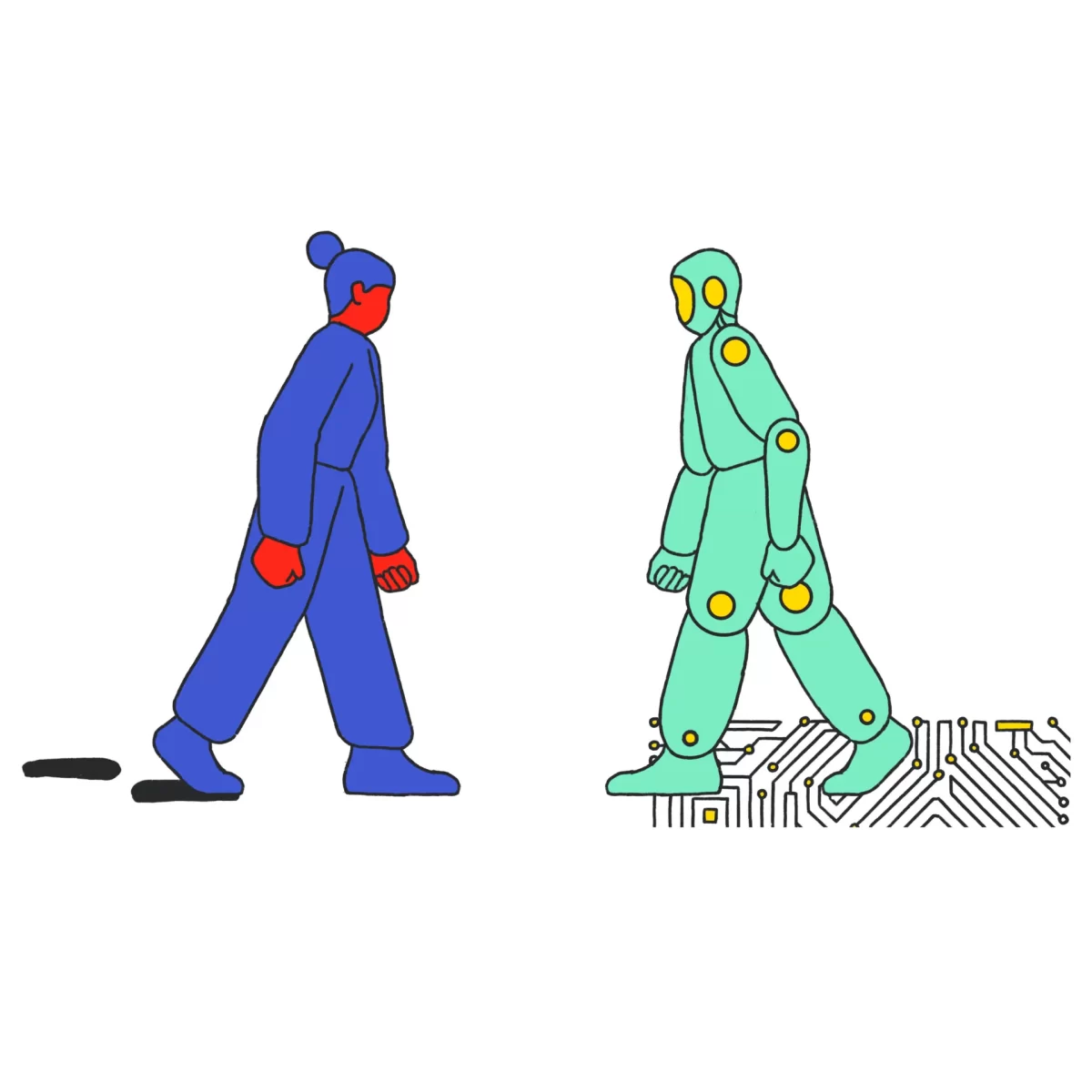In the simplest of forms, artificial intelligence(AI) has been around and put to use since the mid 1950s – but this year, things really changed. On November 30th of 2022, OpenAI released ChatGPT(Chat Generative Pre-trained Transformer) and the chaos (both good and bad) that ensued. How has it already affected us, and how will it continue to do so?
Within 5 days, ChatGPT had engaged with a million users. As of November 30th of 2023, it has over 180 million users – over half of America’s population! To put it in a different perspective, 180 million laptops stacked can stretch between the earth and the space station about 10 times.

What sets ChatGPT Apart?
As mentioned before, AI has been around much longer than a year – so why did so much change when ChatGPT came to fruition? The forms of AI we knew before OpenAI’s new release worked in the background, helping streaming platforms guide watchers to movies they might like, or applications like Alexa and Siri. What sets ChatGPT apart from previous AI examples is that it is able to respond, interact, and improvise based on input from humans. It processes human linguistics to generate answers that are concerningly similar to those that come from real people.
Risk vs. Reward: Who will win the ongoing debate?
Over a year after the chatbot’s release, the debate continues: do the risks of this creation outweigh its rewards? I should mention that this argument isn’t contained only to ChatGPT, but rather to every form of artificial intelligence, both current and future. Anti-AI campaigners are raising concerns about AI’s capability of taking millions of jobs, leaving countless humans with nothing. And they’re right – since 2000, 1.7 million manufacturing jobs have been phased out because of AI. Examples of jobs that are expected to disappear soon if AI continues on this trajectory include customer service jobs, truck driving, programming, graphic design, research analysis, and travel advising. While these risks are real and imminent, there’s a second side to this issue that not everyone sees. It’s that AI likely won’t be able to replace the jobs of teachers, nurses, doctors, and social workers, all of which are vital and understaffed careers. Artificial intelligence being capable of managing other jobs allows more people to pursue these short-staffed and essential professions. It will also lead to shorter and more efficient work days – but people who oppose AI have a counter argument to this. They are mainly concerned about how this will affect salary and benefits, and curious as to who will profit from the monetary values.
This conversation extends past just risks and rewards in the workplace. AI relies on information from people, processing input it receives to form answers and algorithms. This can make it hold biases and discriminate, which is why it’s one of the main dangerous concerns regarding AI. If artificial intelligence creators and engineers don’t interfere soon, these biases will build on themselves and become more and more intense.
Looking forward: What’s next with AI?
Like it or not, the use of artificial intelligence in our everyday lives is going to be the new normal soon enough – if it’s not already. Sophisticated generative AI tools are readily available to millions of people across the globe, at little or no cost. In the near future we’ll experience countless negative effects of AI: privacy violations, more invasive advertising, social surveillance, loss of human influence…but again, not everything about AI is dangerous. AI developments will benefit humanity with increased accuracy in fraud detection, improved medical diagnoses, more efficiency in basic tasks, and disaster management support. In the depths of the AI revolution, which stance will you take? Do you side with the innovators, developing despite the danger, or do you play it safe and avoid the risks?








